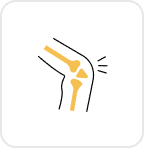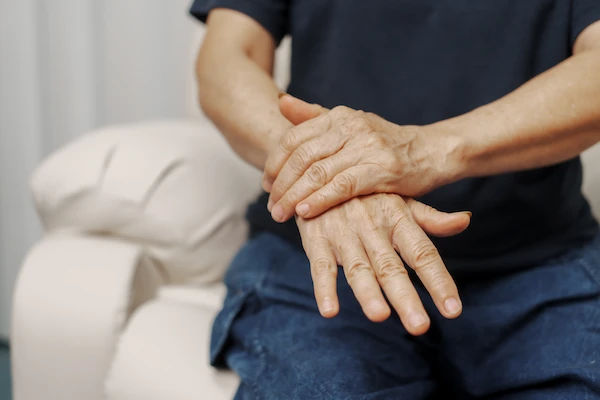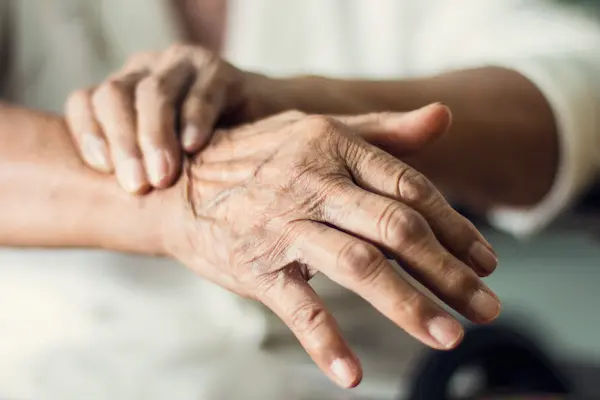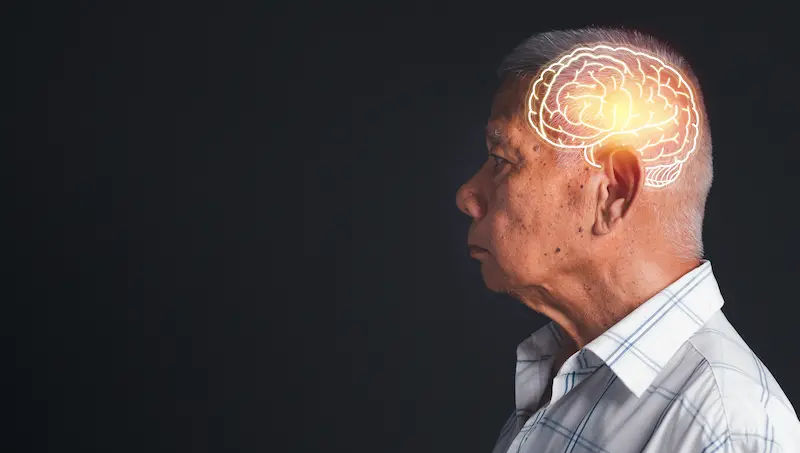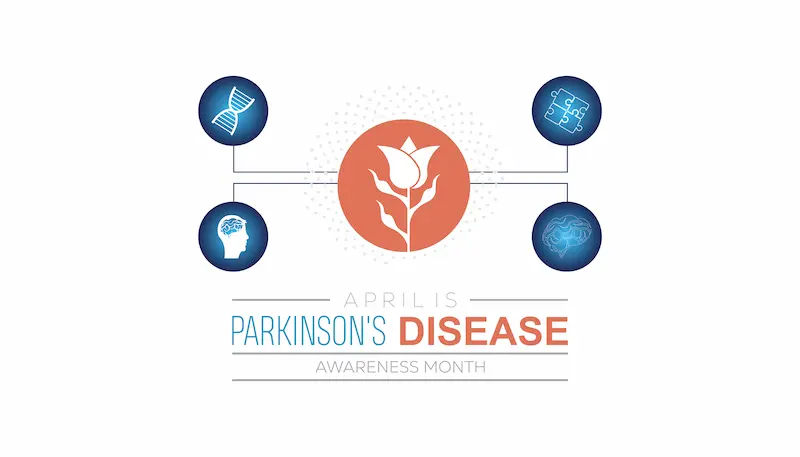Guide to the Best Treatment of Parkinson’s Disease
Discover the best treatment options for Parkinson’s disease in this comprehensive guide, covering modern therapies, medications, and lifestyle approaches for better management.

Written by Dr. M L Ezhilarasan
Reviewed by Dr. D Bhanu Prakash MBBS, AFIH, Advanced certificate in critical care medicine, Fellowship in critical care medicine
Last updated on 15th Sep, 2025

Introduction
Parkinson's disease is a progressive neurological disorder that affects movement, but it is far more than a motor condition. Receiving a diagnosis can feel overwhelming, and the immediate question is often, "What is the best treatment?" The truth is, the most effective approach isn't a single pill or procedure; it's a comprehensive, personalised strategy. The best treatment for Parkinson's disease is a holistic plan that combines advanced medication, targeted therapies, surgical options when appropriate, and crucial lifestyle adaptations. This guide demystifies the modern treatment landscape, moving beyond just managing symptoms to empowering you to live a full, active life. We will explore the pillars of effective care, from the well-established gold standards to the promising horizon of emerging therapies, giving you the knowledge to partner effectively with your healthcare team.
Understanding Parkinson's Disease: The Foundation for Treatment
Before exploring treatment options, it’s important to first understand Parkinson’s disease and its underlying nature.
What is Parkinson's Disease?
Parkinson's disease is a neurodegenerative disorder, meaning it causes the gradual loss of nerve cells in the brain. Specifically, it affects neurons in a region called the substantia nigra. These cells are responsible for producing dopamine, a crucial chemical messenger that facilitates smooth, coordinated muscle movement. As these neurons deteriorate and dopamine levels drop, the characteristic motor symptoms of Parkinson's begin to appear. It's important to understand that Parkinson's also involves other brain chemicals, leading to a wide range of non-motor symptoms that are equally important to address.
The Role of Dopamine and Key Symptoms
Dopamine is the key to understanding Parkinson's symptoms. Its deficiency directly causes the primary motor signs known by the acronym TRAP:
Tremor: A shaking that often begins in a hand or fingers, typically at rest.
Rigidity: Stiffness in the limbs or trunk.
Akinesia (or Bradykinesia): Slowness of movement.
Postural Instability: Impaired balance and coordination, leading to falls.
However, the disease also manifests through non-motor symptoms like loss of smell, sleep disorders, constipation, depression, anxiety, and cognitive changes, which can sometimes appear years before the motor signs.
Consult a Neurologist for the best advice
The Multidisciplinary Approach: Why There's No Single "Best" Treatment
The complexity of Parkinson's means that the most successful outcomes come from a team-based approach. There is no one-size-fits-all solution. The "best" plan is uniquely tailored to an individual's symptoms, age, lifestyle, and disease progression. This team typically includes:
A neurologist (often a movement disorder specialist) to manage medication.
A physical therapist to address mobility and balance.
An occupational therapist to help with daily activities.
A speech-language pathologist for voice and swallowing issues.
A mental health professional to support emotional well-being.
This collaborative model ensures all aspects of the disease are managed cohesively.
Medication Management: The First Line of Defense
Medications are primarily designed to boost dopamine levels or mimic its effects in the brain. They don't cure the disease but can dramatically improve quality of life by controlling symptoms.
Levodopa: The Gold Standard
Levodopa is the most effective Parkinson's disease medication. It is a natural chemical that the brain converts into dopamine. It is almost always combined with carbidopa (in drugs like Sinemet) to prevent levodopa from being converted into dopamine outside the brain, which reduces side effects like nausea and allows more to reach the brain.
Dopamine Agonists and Other Supporting Medications
Unlike levodopa, dopamine agonists (e.g., pramipexole, ropinirole) mimic dopamine's effects in the brain. They are less effective than levodopa but longer-lasting and often used in younger patients to delay starting levodopa. Other classes include MAO-B inhibitors (e.g., selegiline, rasagiline) and COMT inhibitors (e.g., entacapone), which help prolong the effect of levodopa.
Managing Medication Side Effects and "On-Off" Periods
Long-term use of levodopa can lead to motor complications. "On" periods are when the medication is working well. "Off" periods are when it wears off and symptoms return. Dyskinesias are involuntary, writhing movements that can occur during "on" periods. A neurologist meticulously adjusts timing and dosages to minimise these fluctuations. If you are experiencing significant "off" periods or troublesome side effects, consult a neurologist online with Apollo24|7 to discuss adjusting your treatment plan.
Surgical Interventions: When Medication Isn't Enough
For patients whose symptoms are no longer adequately controlled by medication, surgery can be a highly effective option.
Deep Brain Stimulation (DBS): How It Works
DBS involves surgically implanting electrodes into specific areas of the brain. These electrodes are connected to a pulse generator (like a pacemaker) implanted in the chest. The device sends continuous electrical impulses to the brain, which help to block the abnormal nerve signals that cause Parkinson's symptoms. DBS is very effective at controlling motor fluctuations, tremors, and rigidity.
Is DBS Right for You? Candidacy and Evaluation
Not everyone is a candidate. Ideal candidates generally:
Have had Parkinson's for at least 4-5 years.
Respond well to levodopa but have significant "off" time or dyskinesias.
Do not have significant, untreated depression or dementia.
A thorough evaluation by a multidisciplinary DBS team is essential to determine suitability.
The Power of Movement: Physical and Occupational Therapy
Alongside medication, therapies play a vital role in improving daily function and quality of life.
Targeted Exercises for Parkinson's Symptoms
Research shows that vigorous, targeted exercise is not just helpful; it is neuroprotective. It can slow symptom progression. Physical therapy focuses on:
Amplitude Training: Programs like LSVT BIG train patients to make large, exaggerated movements to combat bradykinesia.
Balance and Gait Training: To reduce the risk of falls.
Flexibility and Strength Training: To combat rigidity.
Improving Daily Living and Preventing Falls
Occupational therapists provide practical strategies and tools for daily life. They recommend adaptations at home for safety, suggest devices to help with dressing and eating, and work on fine motor skills needed for writing (micrographia).
The Mind-Body Connection: Speech and Mental Health Therapy
Managing Parkinson’s disease goes beyond physical symptoms, making mental health and communication support essential.
Speech-Language Pathology for Communication and Swallowing
Up to 90% of people with Parkinson's will develop speech and voice changes (soft, monotone speech) and swallowing difficulties (dysphagia). Speech therapists use techniques like LSVT LOUD to significantly improve vocal volume and clarity. Swallowing therapy is critical for preventing aspiration and malnutrition.
Addressing Depression, Anxiety, and Cognitive Changes
Non-motor symptoms like depression, anxiety, apathy, and cognitive changes are extremely common and can impact quality of life more than motor symptoms. Treating these is a core part of the best treatment. This includes therapy, medication, and cognitive exercises. If you are experiencing persistent low mood or anxiety, consulting a mental health professional via Apollo24|7 can provide accessible and crucial support.
Lifestyle Modifications: Your Role in Treatment
Simple lifestyle changes can greatly enhance treatment outcomes and overall well-being in Parkinson’s disease.
The Parkinson's-Friendly Diet and Nutrition
A balanced diet is vital. Key considerations include:
Protein Timing: High-protein meals can interfere with levodopa absorption. Some patients benefit from taking medication 30-60 minutes before meals.
Fibre and Hydration: Essential for managing constipation, a common non-motor symptom.
Bone Health: Ensuring adequate calcium and Vitamin D intake is critical for bone strength, especially with a higher fall risk. Apollo24|7 offers a convenient home collection for tests like vitamin D to easily monitor your levels.
The Importance of Sleep and Gut Health
Sleep disturbances are pervasive in Parkinson's. Prioritising sleep hygiene is a non-negotiable part of treatment. The link between gut health (the microbiome) and Parkinson's is a major area of research, underscoring the importance of a fiber-rich diet with probiotics.
Get Your Health Assessed
Emerging and Complementary Therapies
New research and alternative approaches are opening doors to additional ways of managing Parkinson’s disease.
The Role of Cutting-Edge Research and Clinical Trials
The field of Parkinson's research is dynamic. New treatments focusing on disease modification (slowing or stopping progression) rather than just symptom control are in various trial stages. These include new drug formulations, gene therapies, and stem cell research.
Using Complementary Therapies Safely (Yoga, Tai Chi, Massage)
Mind-body practices like Tai Chi and Yoga have strong evidence for improving balance, flexibility, and mental well-being in Parkinson's. Always discuss any new complementary therapy with your doctor to ensure it's safe and complements your existing plan.
Building Your Healthcare Team and Care Partner Network
You are the CEO of your healthcare team. Building a strong, communicative relationship with your doctors and therapists is essential. Equally important is educating and involving family members or care partners. Support groups, both in-person and online, provide invaluable emotional support and practical advice from those who truly understand the journey.
Conclusion: Living Well with Parkinson's
Parkinson's diagnosis marks the beginning of a new chapter, not the end of the story. While there is currently no cure, the modern arsenal of treatments is powerful and constantly evolving. The best treatment for Parkinson's disease empowers you to take control. It’s a proactive partnership between you and a dedicated medical team, leveraging every tool available from precise medications and advanced surgery to the daily power of exercise and a healthy diet. By embracing a comprehensive approach, you can manage symptoms effectively, slow progression, and maintain a high quality of life for years to come. Stay informed, advocate for yourself, and never underestimate the power of a positive mindset and a strong support network.
Consult a Neurologist for the best advice
Consult a Neurologist for the best advice

Dr. Avinash Goswami
Neurologist
11 Years • MBBS, DNB (Medicine), Dr.NB (Neurology), MNAMS
Delhi
Apollo Hospitals Indraprastha, Delhi

Dr. M Madhusudhana Babu
Neurologist
31 Years • MD, DM
Chinagadila
Apollo Hospitals Health City Unit, Chinagadila
(100+ Patients)

Dr. Abhisek Nanda
Neurologist
10 Years • DM (NEUROLOGY) ,DNB(MEDICINE)
Rourkela
Apollo Hospitals, Rourkela, Rourkela
(150+ Patients)

Dr. Andugulapati Santosh Sriram
Neurologist
6 Years • MBBS, MD, DM (NEUROLOGY)
Hyderguda
Apollo Hospitals Hyderguda, Hyderguda

Dr. Aditendraditya Singh Bhati
Neurosurgeon
18 Years • MBBS(2004), DNB Neurosurgery(2014); MNAMS; Fellow Neuroendoscopy
Delhi
Apollo Hospitals Indraprastha, Delhi
(100+ Patients)
